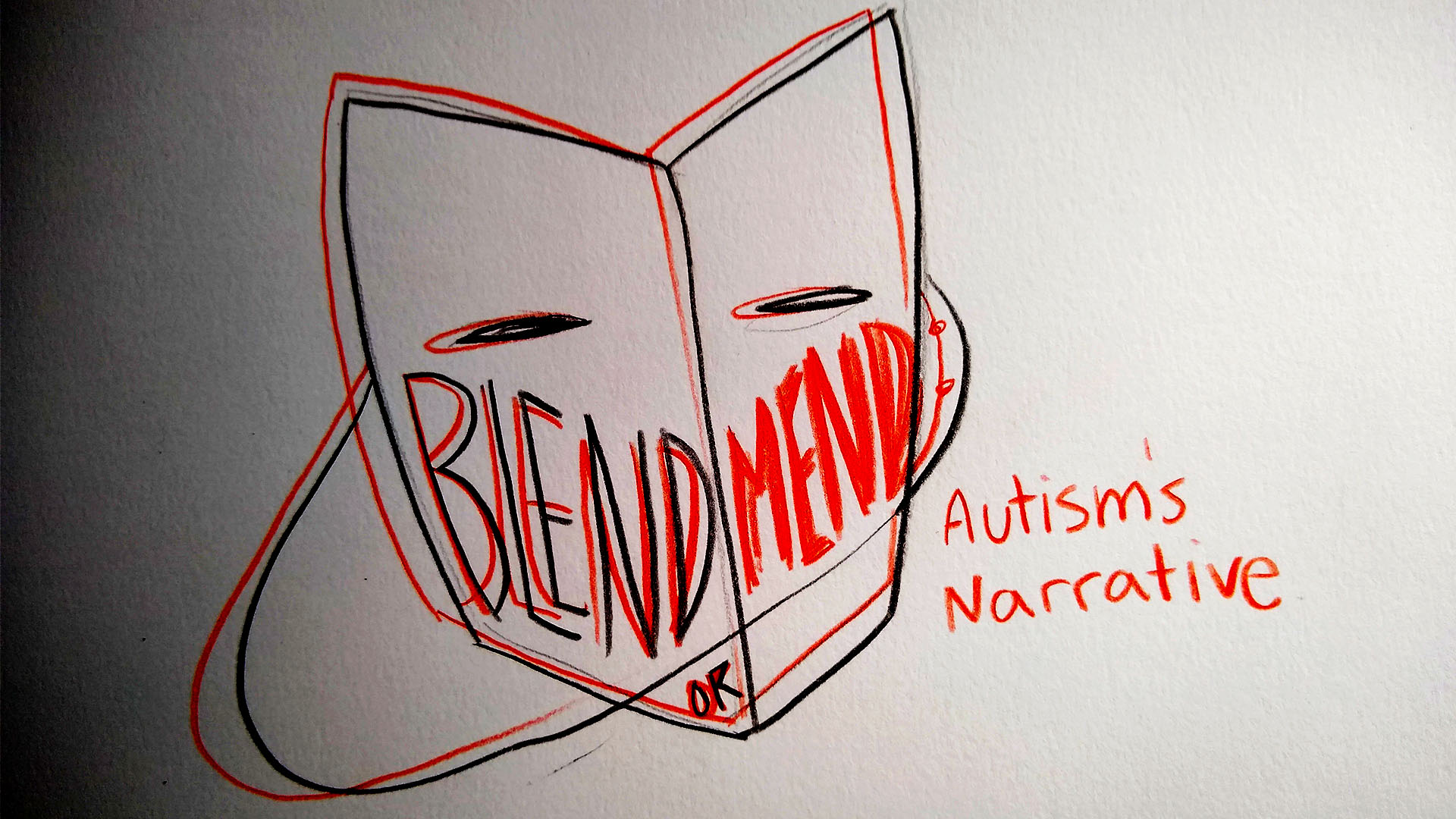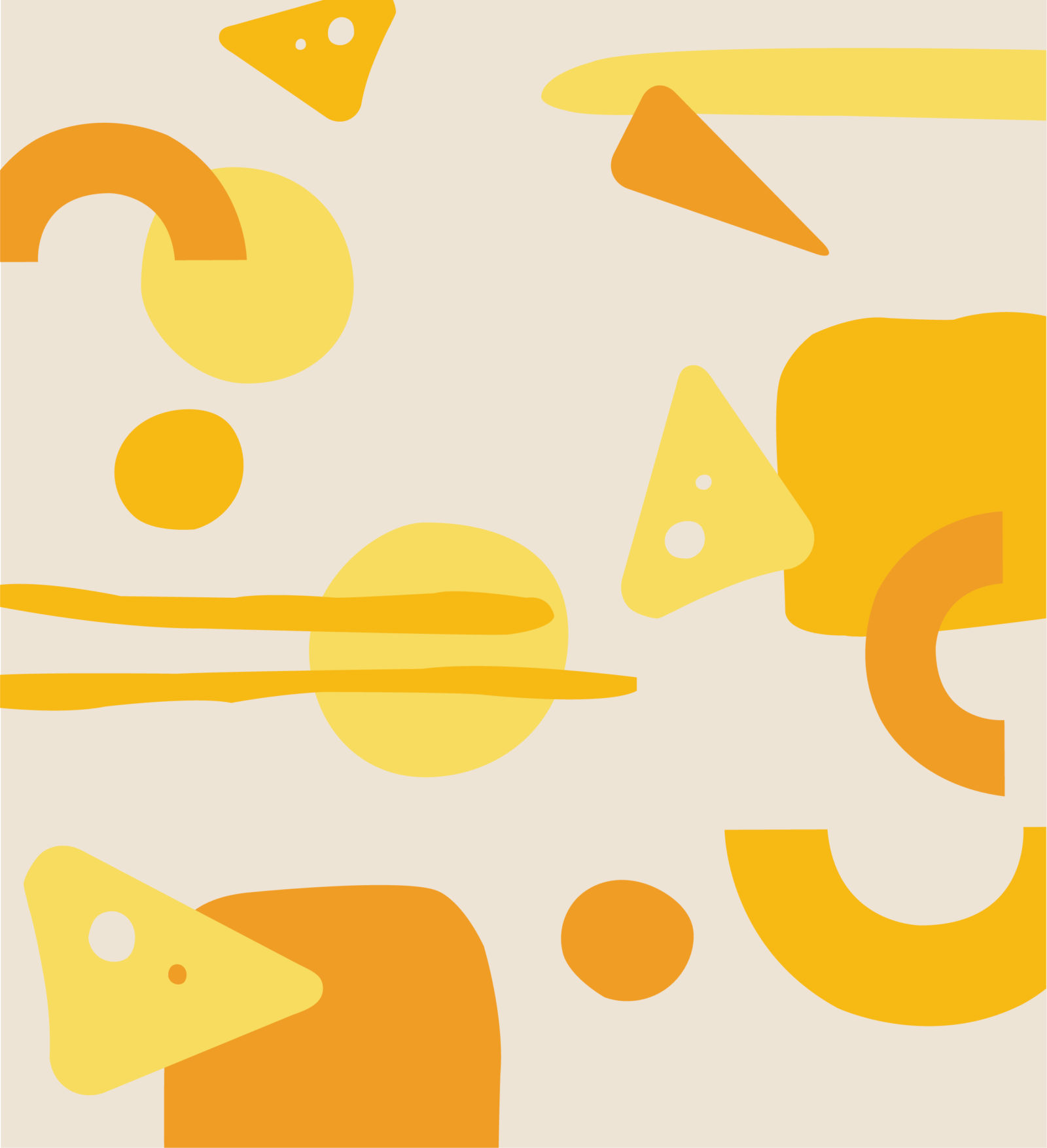Blend or Mend: Autism’s Narrative

The Problem
“How can neurodiverse (ND) or Autistic adults identify and disclose their conditions in a way that empowers their self-identity?”
–– Katrina Tanbi Kessler 2020
Neurodiversity is rising in day-to-day conversation and topic, though still fails to reach a level of normativity. When we refer to neurodiverse (ND) individuals, these are brains that function defiantly from that of a typical, “healthy” brain. The term is an umbrella over many disabilities and conditions, such as ASD (Autism Spectrum Disorder), ADHD, various developmental disorders, SPD (Sensory Processing Disorder), etc.
Being “invisible” in terms of disabilities, research, and record of neurodiversity are just now coming into more light, as diagnosis awareness and communication expand in the 21st century. With that said, many adults are also coming out as diverse and seeking their own mental health explanations. Sadly, an increase in visibility has not gone far in the public eye and environment.
There is definitely a dichotomy present between perception and reality, which many individuals fail to see. We, as homo-sapiens, are a social species due to our need for community; the social realm we perceive is a product of the social programming and projection of reality we create and fill with meaning.
All things considered, why are people so firm with what is “fact” or “logic”? To engage in healthy discourse and discussion, the process of critical thinking must be applied, otherwise, the conversation is for the purpose of projection rather than that of perception/learning.
Success Statement
Masking also referred to as social camouflaging, is essentially a learned coping behavior Autistic people adopt. They observe and mimic those around them, picking up on cues and conversational scripts, though the complexity of this function results in a feeling of no self-identity, not ever feeling “normal” but never able to figure out why.
Since this has been ingrained in them since childhood, they feel like they don’t know who they actually are. Truly validating the Autistic community requires an understanding of their circumstances and the systemic fear-mongering that has perpetuated our contemporary narratives of dysfunction.
We have to relearn what we think we know, in order for autistic people to unlearn the narrative written for them.
In the end, autistic people are the ones personally affected by these social outcomes. This is why it is so important to me that they are given agency and voice in their identities.
Target Audience
Keeping the Autistic community as my priority target audience won’t act as a limitation to neurotypical use.
Educating all parties is a part of my solution process because knowledge shouldn’t be exclusive. Regardless, the heart of this project lies in giving power to the demographic that has faced marginalization and misinformation all their lives.
Neurotypical brains have perks and brilliant talents hidden within them at times and learning to welcome these people into society would be a gift to innovation and creativity.
Research
Routine daily life is anxiety-inducing for many atypical (ND) individuals, partially due to misunderstandings and disconnects from those around them, though this is not always prevalent. Education must be implemented early on in life to impact youth and create a future culture that is aware and diverse.
Accommodations for such individuals can be difficult to access, and costs of medical care can also prevent people from even getting documentation of their functioning. Additionally, adults may need to visit multiple specialists and take myriad tests to get down to the rounded issues. If you are neurodiverse, setting up and following through on these processes can prove to be difficult or confusing.
The largest contributor to these issues is the Autism industry and academic practices surrounding deficit medical-models. Lending dehumanizing rhetoric and perception to the general public, society’s narrative of Autistic culture perpetuates itself through suppression of the demographic at hand.
Design Process
Following my research, I wrote a sociological analysis of the Autism industry and its historical influence. Functioning as a framework for my design, this paper laid out the underlying social problems fueling this dehumanizing view of Autism, and why progress isn’t being made.
My findings emphasized that in order to correct behavior, I first need to establish a common objective knowledge-base for neurotypicals and diverse alike.
Each day, we create a culture and that culture defines motives for many. Individuals must surpass being complicit with what they believe and learn to take in what is happening around/to them in order to analyze and evolve. It can be said that each person’s perception of reality is a projection of their own beliefs and attitudes. If this is true, humans would be able to change their world experience over time with the shifting of perspectives.
Utilizing the lasting impacts of narrative storytelling, I made the choice to compartmentalize facets of Autism into a series of brief animated videos, each one tackling a specific aspect of representation and experience.

I plan to continue this series post-graduation with hopes of creating a published print version of my stories. As I establish the informational foundations, more personal accounts of life experiences and community submissions will make their way into the public eye.
Design Solution
Series 1: video clip
